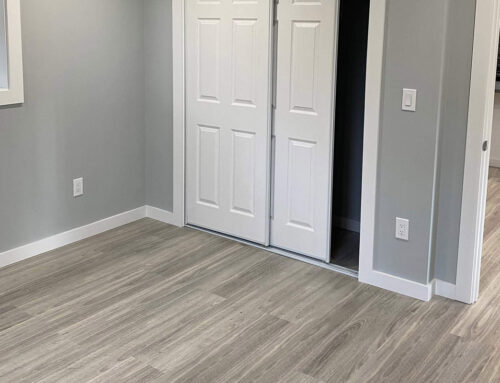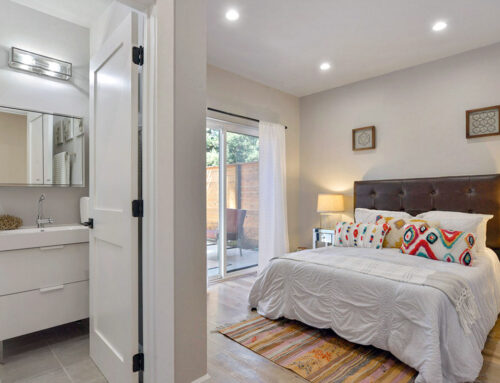In general, in California, an ADU must be four feet away from the property lines. However, the specifics of your setback requirements depend on which municipality you’re building in. Plus, there are a few more setback and construction rules you should understand before you start planning your ADU.
What are the Setback Rules for ADUs?
In California, the state has rules for ADUs, and it allows municipalities to add their own rules on top. So, you need to know the basic rules for the state and then look into the ADU rules in your city. A “setback” is about how far the ADU must be set back from the property lines. The state-wide rules for this are as follows:
- Four feet: ADUs must be no closer than four feet to the side and rear property lines.
- Existing structure: ADUs do not have setback rules when constructed entirely in the existing living area of the home or in a new structure which is in the same location as the existing structure. This means that if your current home is closer to the property lines than four feet, you don’t have to make your living space smaller when building your ADU.
- Local rules: Your local agency or government may allow you to have a set back less than four feet. These rules would supersede the state rules.
- Larger requirements: The state does not allow a local government to require ADU setbacks that are larger than four feet.
- ADU size: The state does not allow a local government to make setback rules which would prevent you from building an ADU that is less than 800 square feet.
- Distance requirements: The state does not have any setback or distance rules between different structures. If you are converting a garage to an ADU, the state does not require it to be a certain distance from the home, but your local government might.
Other Important ADU Rules
When it comes to determining where your ADU should be on your property and with regard to your property line, there are other important rules you should be away of:
- Parking: ADUs require at least one parking spot for the unit (although not in all municipalities). You’ll need to make room for this on the property or give up a parking spot on the current driveway.
- Maximum size: While the maximum size of an ADU is often listed as 1200 square feet, you may be limited to less based on the size of your current home. That said, local size requirements cannot limit you to less than your existing living space.
- Lot coverage: There are no ADU-related minimum lot size requirements from the state or local governments.
If all of these rules sound a bit confusing, you’re not alone. It is always best to run your ADU plans by the professionals, well before you get a vision of where your ADU can go or what size it will be. We can help.






